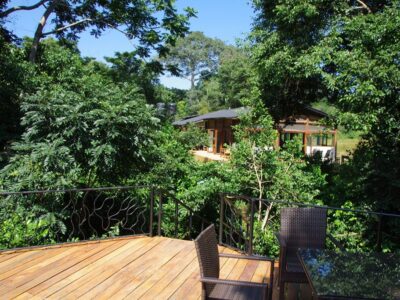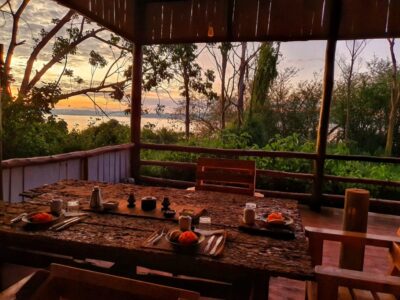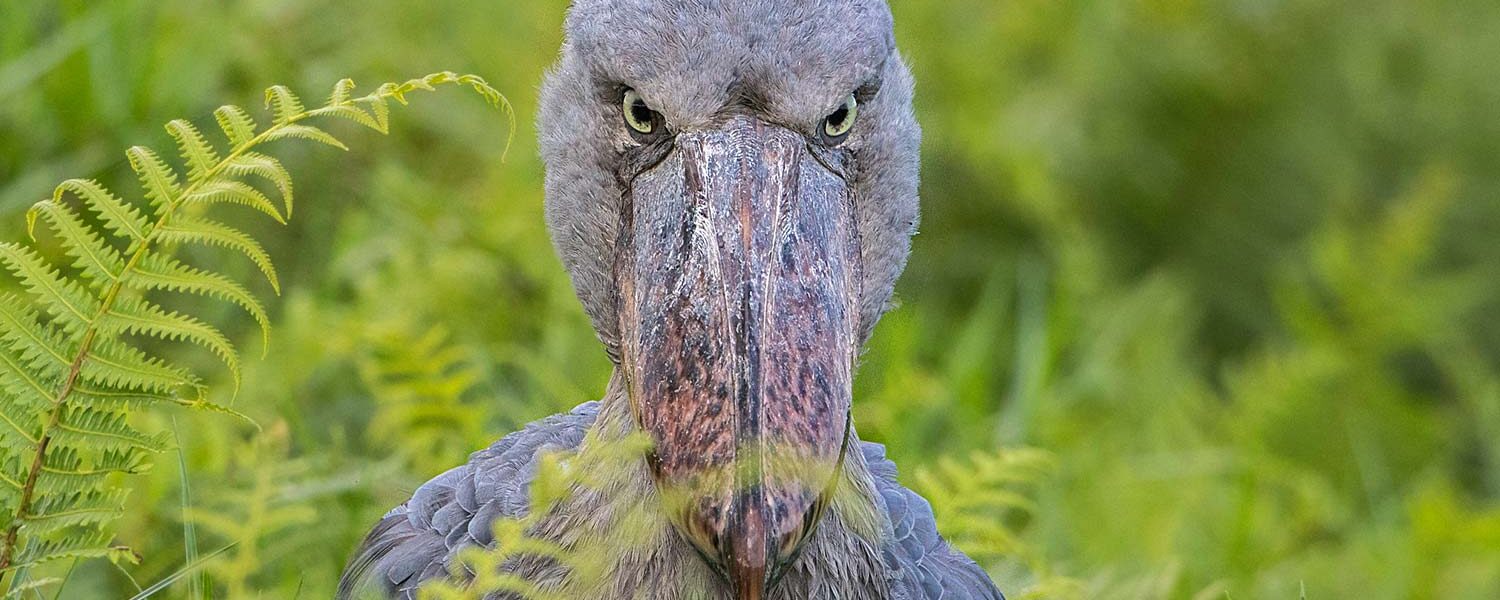Want to go shoebill tracking in Entebbe, check out our Daily Mabamba Shoebill tracking Trips to find & book your Shoebill tracking tour for as low as $35 per person with a local guide, transport, and Conservation fees included.
Popular Daily Mabamba Shoebill tracking trips from Entebbe
What you need to know about Mabamba Swamp
Shoebill Tracking In Mabamba Swamp is never disappointing. Our daily trips to Mabamba has a success record of 70%. Getting to Mabamba Swamp takes about 45 minutes by boat. Shoebill tracking in Mabamba swamp can be done as a half-day excursion for as low as $35 per person…..
![]()
Mabamba Swamp is, without doubt, one of the best places to see the prehistoric, rare and elusive Shoebill stork. The swamp is located approximately 45 minutes by boat from the Nakiwogo landing site in Entebbe.
While you can get to Mabamba either by car, bicycle, or boat, we prefer taking the traditional motorized wooden canoe across Lake Victoria into Mabamba Swamp. Getting to Mabamba by boat, rather than by car, gives you an opportunity to see a lot more birds than you may see while cycling or by car.
Quick Links:
- Getting to Mabamba by Car.
- Getting To Mabamba by Boat.
What are the chances of seeing the Shoebill Stork in Mabamba Swamp?
Shoebill tracking In Mabamba has for the past years till now recorded a very high success currently estimated at 70% Vs a 30% chance of seeing the elusive Shoebill stork in Mabamba Swamp. However, this might depend on when you plan to visit the swamp. Higher success in finding the shoebill has been recorded in the drier season months of June to October, and December to February when the lake victoria water levels tend to drop and allow for the formation of mud pools where lungfish (a favorite food for the shoebill) tend to nest. The availability of food attracts and keeps them around the swamp.
What happens if I don’t get to see the Shoebill Stork?
Even with a 70% success record from our previous trips, we don’t guarantee to sight the shoebill. And we honestly request that you understand that there are only 13 shoebill storks alive and roaming the extensive Mambamba Wetland estimated to be about 17,000 hectares in size. Our local guides will go out of their way to do everything possible to ensure you see this amazing bird. However, in the event that you don’t, we request that you understand that is how nature works – we can’t fix an appointment with the shoebill.
Best time of the day to go Shoebill tracking in Mabamba Swamp.
While shoebill tracking in the Mabamba swamp can be done either in the morning or afternoon, we recommend booking the morning sessions when the temperature is cooler – good for both humans and the birds. No Matter the time (morning or afternoon), we recommend bringing a pair of binoculars, a hat/cap, sun protection, insect repellant, a light rain jacket, a long-sleeved shirt and trousers, and a backpack for all your items.
Places to stay near Mabamba Swamp
You may opt to stay on the Entebbe Mainland or on the Mabamba Mainland. Staying on the Entebbe mainland will give you quite a wide range of accommodation options to choose from While staying on the Mabamba side only gives you two (02) options of Places to stay.
- Where to stay on the Mabamba Side:
 Nkima Forest lodge: Like the name does suggest, this lodge is tucked away in an indigenous forest perched on a hill overlooking Mabamba Wetland. This forest is a dwelling place for a variety of bird species, as well as Red-tailed monkeys (after which the lodge is named) and vervet monkeys.
Nkima Forest lodge: Like the name does suggest, this lodge is tucked away in an indigenous forest perched on a hill overlooking Mabamba Wetland. This forest is a dwelling place for a variety of bird species, as well as Red-tailed monkeys (after which the lodge is named) and vervet monkeys.
Learn more about Nkima Forest Lodge
 Tilapia Lodge: This is arguably the most affordable Place to stay on Lake Victoria. The lodge is only 15 minutes by boat from the Entebbe Mainland. The trip from Tilapia to Mabamba Swamp by boat takes about 40 minutes. With only two (02) cottages that can be oriented as single, double, twin, or triple, Tilapia is our first recommendation for travelers looking for exclusivity.
Tilapia Lodge: This is arguably the most affordable Place to stay on Lake Victoria. The lodge is only 15 minutes by boat from the Entebbe Mainland. The trip from Tilapia to Mabamba Swamp by boat takes about 40 minutes. With only two (02) cottages that can be oriented as single, double, twin, or triple, Tilapia is our first recommendation for travelers looking for exclusivity.
Learn more about Tilapia Lodge.
WHAT TO EXPECT: Birds in Mabamba Swamp
Besides the shoebill Stork, other birds you might spot in Mabamba Swamp include; Swamp Flycatcher, African purple swamphen, African water rail, Pallid Harrier, Papyrus Gonolek, White-winged Warbler and the Blue Swallow Common moorhen, lesser jacana, African jacana, African pygmy Goose, White-faced whistling duck, Squacco heron, Blue Breasted Bee-eater, Winding cisticola, Goliath Heron and many others.


